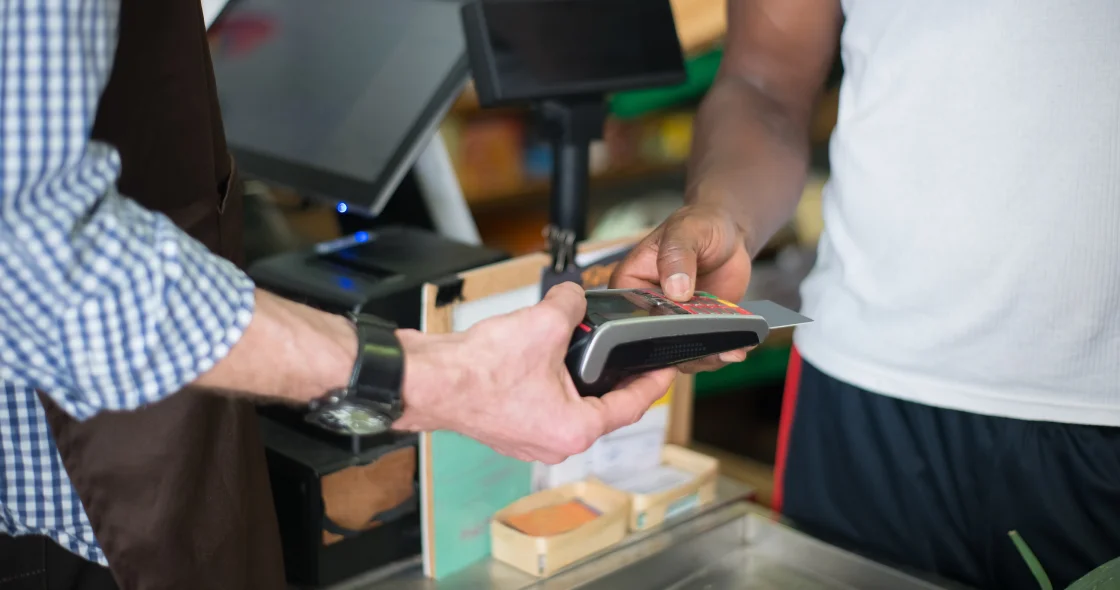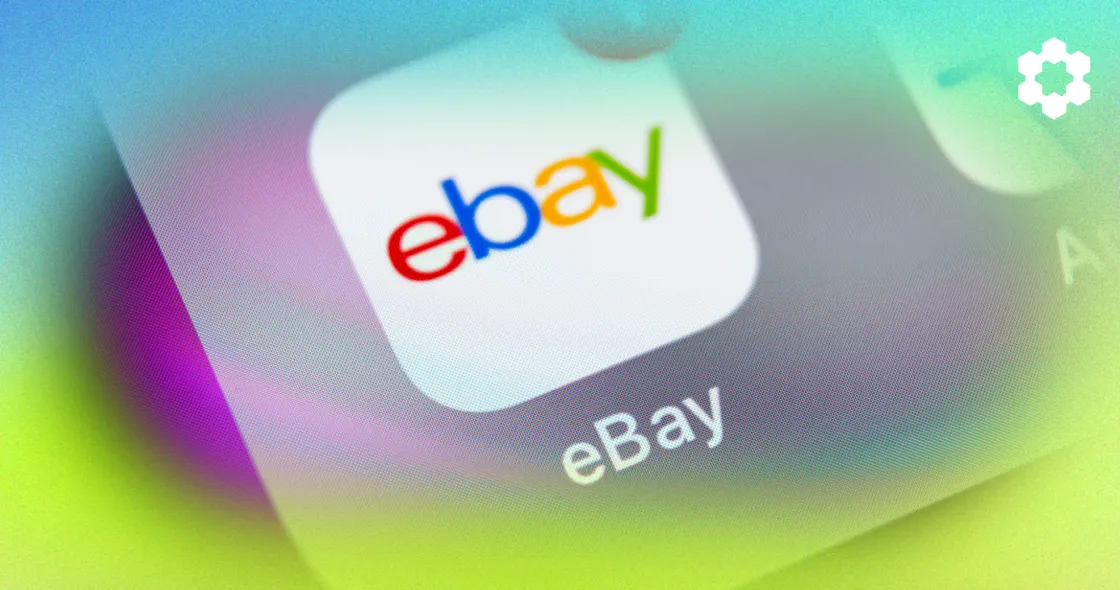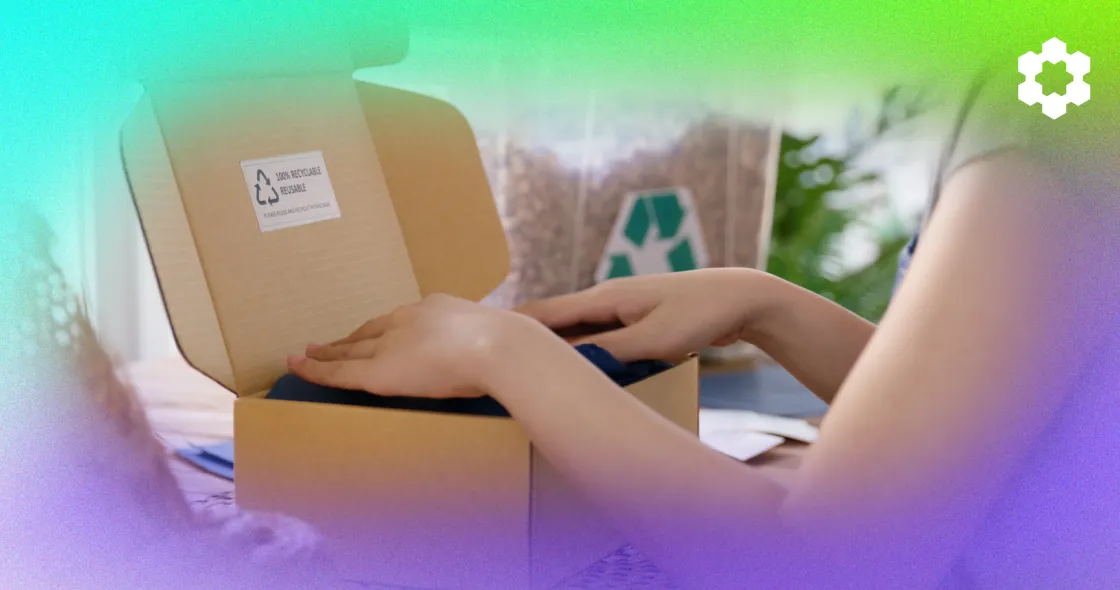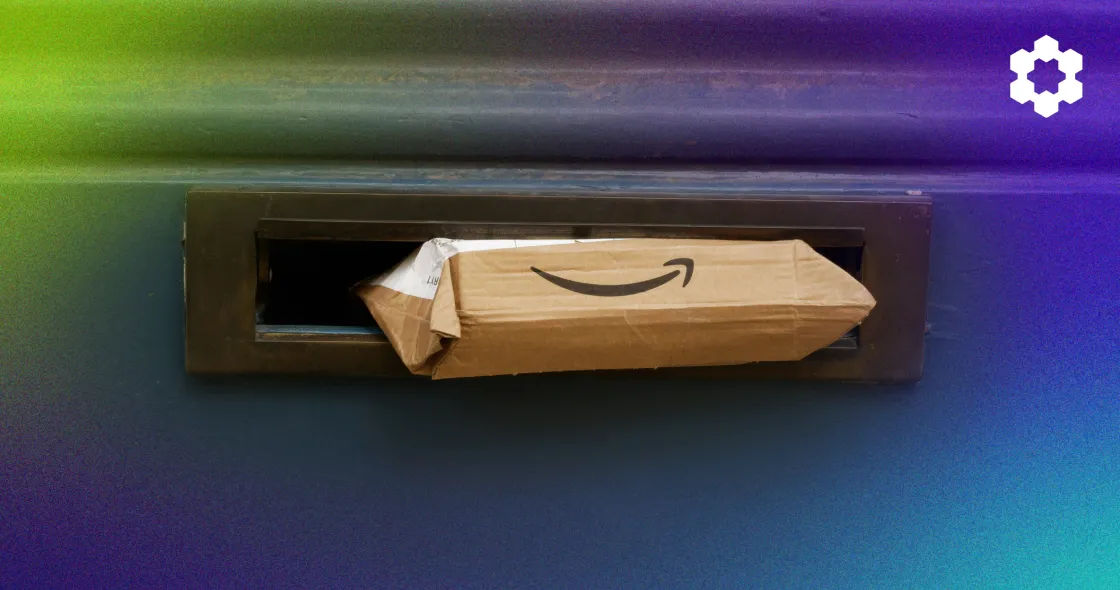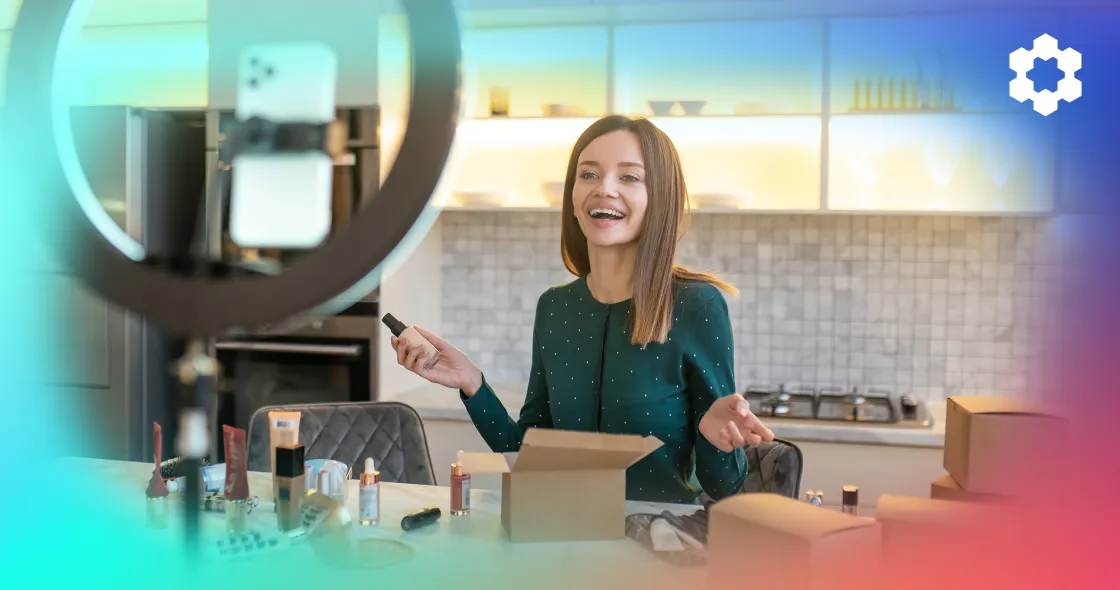The pandemic online buying boom is over: what can Amazon sellers do to stay ahead?
Shopping in actual brick-and-mortar stores is a thing again in 2022, meaning more competition for Amazon sellers — but also an opportunity for private label, wholesale, and merch sellers to try some new strategies to improve sales, ranking, and customer retention in an ever-evolving marketplace.
For all of the challenges posed by the COVID-19 pandemic, ecommerce sellers generally thrived as consumers turned away from shopping in stores. At the height of the pandemic, global ecommerce sales rose from 15% of total retail sales in 2019 to 21% in 2021, according to Morgan Stanley.
But growth in ecommerce sales slowed in 2022, sparking concern for Amazon and others that a post-COVID sales slump could be underway now that customers are shopping in person again.
Those worries are probably overblown — Morgan Stanley analysts predict that ecommerce will reach 27% of retail sales by 2026, with no real ceiling in sight.
But the sales slowdown has given Amazon sellers a chance to pause and take stock of what’s working, what’s not, and how to ensure steady growth going forward.
How to improve your Amazon ranking in 2022

Most experienced Amazon sellers have a good grasp of the basics of how to get ranked higher in Amazon search: utilizing good SEO, high-quality graphics, genuine customer reviews, brand registration, price optimization, and being responsive to customer questions, to name a few.
But you can give your Amazon ranking an even bigger boost — perhaps even reaching the nirvana of a Top Seller ranking — by using some lesser-known strategies.
Here are some recommended ranking strategies for 2022:
- Use backend keywords in each listing, which will help improve your SEO. Each listing in your Amazon seller account includes five fields – search terms, intended use, subject matter, target audience, and other attributes – that you can fill with up to 250 characters of keywords each.
- Build your referral network by reaching out to social media pages (Facebook, Instagram, TikTok, etc.) as well as blogs (hint: direct referral traffic to you brand page, not individual listings, to get impressions without risking low conversion rates)
- Ensure that your listings are properly categorized on Amazon.
- If applicable, get certified by Amazon. Amazon recognizes a dozen diversity and ownership certifications along with companies meeting ISO and AS quality standards.
- Manage your inventory to avoid going out of stock, which can hurt your ranking. A two-month supply is recommended, if you can manage it with the current supply chain issues.
- Take advantage of the double benefit of Amazon PPC ads, which not only can boost sales but also generate organic traffic — in turn raising your ranking on Amazon.
- Use Amazon A+ content — high-quality images, listing details, and descriptions available to registered sellers that can improve sales and ranking.
Beyond keywords: new approaches to converting new online customers
Seasoned Amazon sellers know that SEO is king when it comes to ranking, but conversion is just as important as keywords when it comes to good Amazon SEO. That means creating listings that don’t just lure in buyers via keyword search, but making them enticing and readable enough to get them to make a purchase.
A lot of the innovative strategies you can use to improve your Amazon ranking of course will also help drive sales. But the unique challenges of the 2022 ecommerce marketplace also demand some nimble thinking by Amazon sellers that goes beyond merely raising your rank.
Competitive pricing becomes particularly important when inflation is on the rise. And with fulfillment being constantly challenged by a creaky supply chain, brands will need a backup plan.
Creating live shopping experiences — think an online version of a QVC sales event — is another innovative approach that Amazon sellers should embrace. Apps that enable live shopping events have proliferated in recent years, says Dan Conboy, managing director of Shopify Plus agency, Statement. “Global brands such as Avon, Uniqlo, and Tommy Hilfiger have been innovating in this arena for several years, but the technology is now accessible for brands of all sizes,” he says.
Using group buying opportunities to drive sales is another emerging strategy, according to the top 10 2022 ecommerce trends identified by Shopify. Pioneered in China, where functionality is built into the local version of TikTok, group buying offers the opportunity for deep discounting on products — provided a minimum number of people, whether in a social network or some other affinity group — agree to make a purchase.
How to retain customers in a highly competitive ecommerce marketplace

When ecommerce was a sparkly new thing, customers were perhaps a little more forgiving of the occasionally janky purchasing experience. In 2022, however, ecommerce is fully integrated into the marketplace, Amazon Prime two-day delivery is viewed as an expectation, not a novel luxury, and customers are increasingly demanding the kind of customer service from Amazon sellers that they expect from legacy sellers like Wal-Mart or Kohls.
“Merchants will need to meet them where they’re shopping through multichannel, provide on-demand customer support through automation and agents, and fulfill orders within 48 hours or less,” says Kurt Elster, host of The Unofficial Shopify Podcast. “That’s the new bar for good” customer service, he says.
As for great customer service — the kind that will keep your register ringing and your customers coming back to your shop again and again — Elster says sellers need to provide novelty, whether that’s offering limited edition products or simply integrating cutting-edge technology like virtual reality into the buying experience.
Personalizing your customer interactions also is a great way to build lasting relationships. This starts with good data collection when onboarding new customers, but also requires a cautious approach to how customer data is used: nothing can end a customer relationship faster than a seller who oversteps or misuses customer data in a way that feels intrusive or manipulative.
One way to create a personalized customer relationship that feels like a value-add is to follow up a sale with content intended not to sell more stuff (at least not directly), but to provide information on how best to utilize what they’ve purchased. Some examples include educational podcasts, how-to videos, and newsletters.
Ultimately, when it comes to attracting and converting new customers to your Amazon business, a little good can go a long way.
Interested in optimizing your Amazon business for 2022? Check out all of the Carbon6 tools that can help you start, scale, and optimize here.
